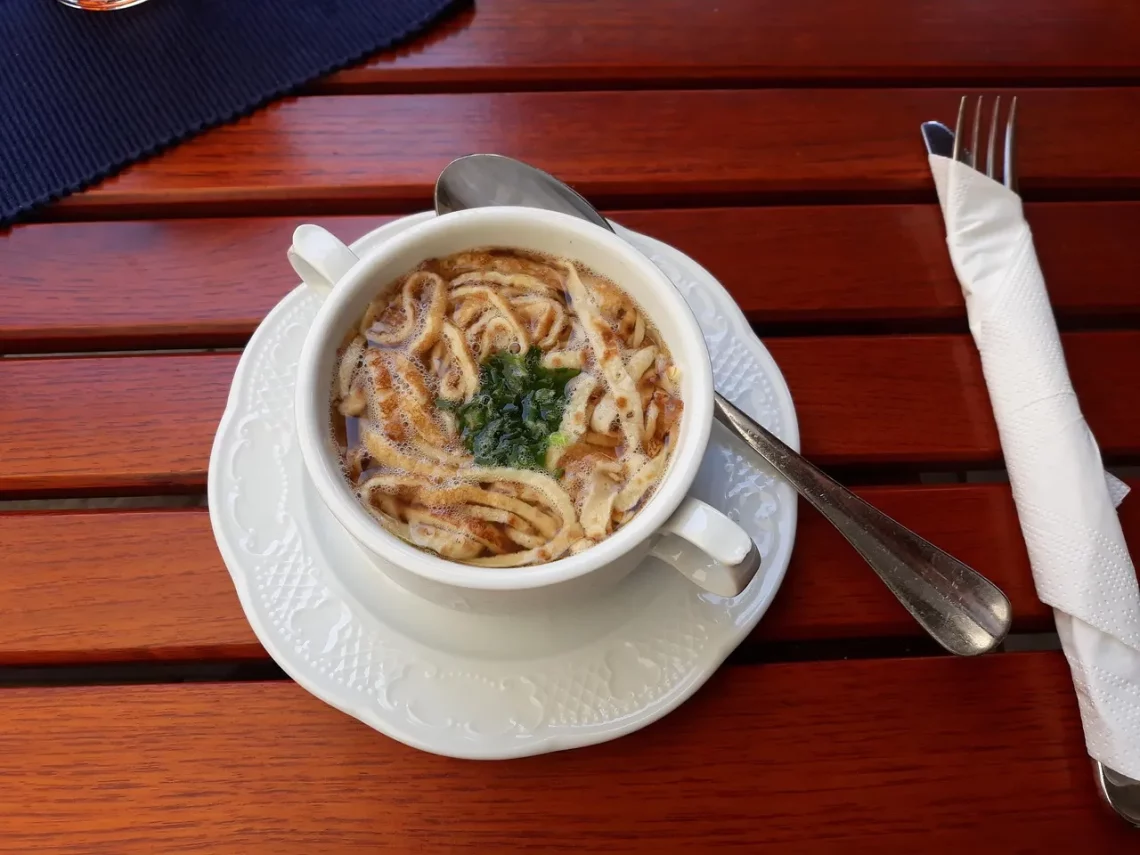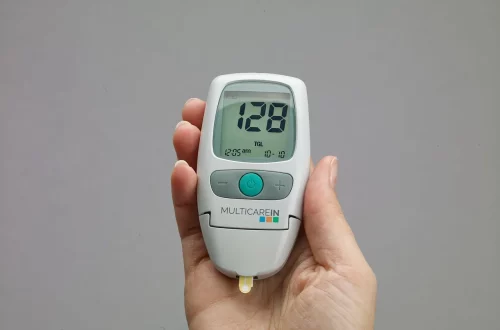
Effective Foot Inserts for Relieving Heel Spurs Pain
Heel spurs can be a painful and debilitating condition, affecting countless individuals who struggle with discomfort in their feet. These bony protrusions, often caused by repetitive strain on the foot, can lead to inflammation and pain, particularly when walking or standing for extended periods. The condition may arise from various factors, including improper footwear, overuse, or underlying health conditions such as arthritis. When heel spurs develop, they can significantly hinder daily activities, making it essential for those affected to explore effective relief options.
One of the most popular strategies for alleviating heel spur pain is the use of foot inserts. These inserts are designed to provide additional support and cushioning, helping to redistribute pressure across the foot and reduce the strain placed on the heel. With the right foot inserts, individuals can find a practical solution to mitigate their heel spur discomfort, allowing them to resume their regular routines and enjoy a better quality of life. As the search for effective pain relief methods continues, understanding the various types of foot inserts available and their specific benefits becomes increasingly important.
Understanding Heel Spurs and Their Symptoms
Before diving into the specifics of foot inserts, it is crucial to understand heel spurs and the symptoms associated with this condition. A heel spur is a bony growth that forms on the underside of the heel bone, usually as a result of chronic inflammation. This inflammation can cause significant pain, particularly during weight-bearing activities. The pain often manifests as a sharp, stabbing sensation, most notably when taking the first steps in the morning or after sitting for extended periods.
Individuals with heel spurs may also experience tenderness in the heel area, swelling, and a noticeable ache that can radiate along the arch of the foot. These symptoms can vary in intensity, with some individuals feeling mild discomfort while others may find it challenging to walk or engage in physical activities. Understanding these symptoms is vital for recognizing the condition and seeking appropriate treatment options, such as using foot inserts.
Foot inserts can provide the necessary support to alleviate the pressure on the heel and surrounding areas. By offering additional cushioning, they help in absorbing shock and reducing the strain that contributes to heel spur pain. Furthermore, these inserts can assist in correcting foot mechanics, promoting a more natural gait that can minimize discomfort. With an array of options available, it is essential for individuals to consider their specific needs and preferences when selecting the right inserts to address their heel spur symptoms effectively.
Types of Foot Inserts for Heel Spur Relief
When it comes to selecting foot inserts for heel spur relief, numerous options are available, each with unique features designed to cater to different needs. The two primary types of inserts are custom orthotics and over-the-counter options. Custom orthotics are tailored specifically for an individual’s foot structure and gait patterns. These inserts are typically prescribed by healthcare professionals, ensuring that they address the specific biomechanical issues contributing to heel spur pain. While they can be more expensive, many individuals find them to be the most effective long-term solution for managing their discomfort.
On the other hand, over-the-counter foot inserts are readily available at pharmacies and online retailers. They come in various styles, including cushioned insoles, arch supports, and heel cups. Cushioned insoles are designed to provide extra padding, making them an excellent choice for those seeking immediate comfort. Arch supports help to maintain the foot’s natural curvature, distributing weight evenly and reducing strain on the heel. Heel cups, specifically designed to cradle the heel, can provide targeted relief by cushioning the area most affected by heel spurs.
When selecting foot inserts, it is essential to consider the level of arch support required, as well as the overall fit and comfort. Different materials, such as gel, foam, or rigid plastic, can also impact the effectiveness of the inserts. Trying various options can help individuals identify which type of insert offers the best relief for their heel spur symptoms. Additionally, it is important to remember that inserts may need to be replaced periodically, as their cushioning can wear down over time, reducing their effectiveness.
How to Choose the Right Foot Inserts
Choosing the right foot inserts for heel spur relief is essential for achieving the desired comfort and support. Several factors should be considered during the selection process. First, individuals should assess their foot type, as different arch types—high, medium, and flat—require varying levels of support. Understanding one’s foot type can significantly impact the effectiveness of the chosen inserts.
Next, it is crucial to consider the level of activity. Individuals who lead active lifestyles may benefit from more robust inserts designed to withstand higher levels of impact. Conversely, those who primarily engage in low-impact activities or spend extended periods sitting may prefer softer, more cushioned options. Additionally, individuals should try on foot inserts with the shoes they plan to wear them in, ensuring a proper fit and alignment.
Comfort is paramount when selecting foot inserts. It is advisable to start wearing them for short periods and gradually increase wear time to allow the feet to adjust. If discomfort or pain persists, it may be necessary to explore alternative options or consult a healthcare professional for guidance.
Lastly, budget considerations can also play a role in the decision-making process. While custom orthotics can be more expensive, they may offer tailored solutions that justify the cost for some individuals. On the other hand, over-the-counter options provide a more affordable alternative, allowing users to experiment with different styles without a significant financial commitment.
Additional Strategies for Managing Heel Spur Pain
While foot inserts can be highly effective in relieving heel spur pain, they should be part of a broader strategy for managing the condition. Incorporating various approaches can lead to more comprehensive relief and improved foot health.
One such strategy is stretching and strengthening exercises for the feet and calves. Gentle stretches can help alleviate tightness in the plantar fascia, the band of tissue that runs along the bottom of the foot. Strengthening exercises can also enhance the stability of the foot and ankle, reducing the risk of further injury.
Additionally, applying ice to the affected heel can help reduce inflammation and numb pain. Using ice packs for 15-20 minutes several times a day can be beneficial, especially after prolonged periods of standing or walking.
Choosing appropriate footwear is another critical element in managing heel spur pain. Shoes with proper arch support, cushioning, and a wide toe box can significantly impact foot comfort and overall alignment. Avoiding high heels or shoes with inadequate support is essential to prevent exacerbating heel spur symptoms.
Over-the-counter pain relief medications, such as NSAIDs, can also provide temporary relief from discomfort. However, it is crucial to consult with a healthcare professional before starting any medication regimen to ensure safety and efficacy.
As individuals navigate their heel spur journey, combining foot inserts with these additional strategies can provide a well-rounded approach to pain management.
**Disclaimer:** This article is for informational purposes only and does not constitute medical advice. For any health concerns or conditions, please consult a qualified healthcare professional for guidance and treatment options.




